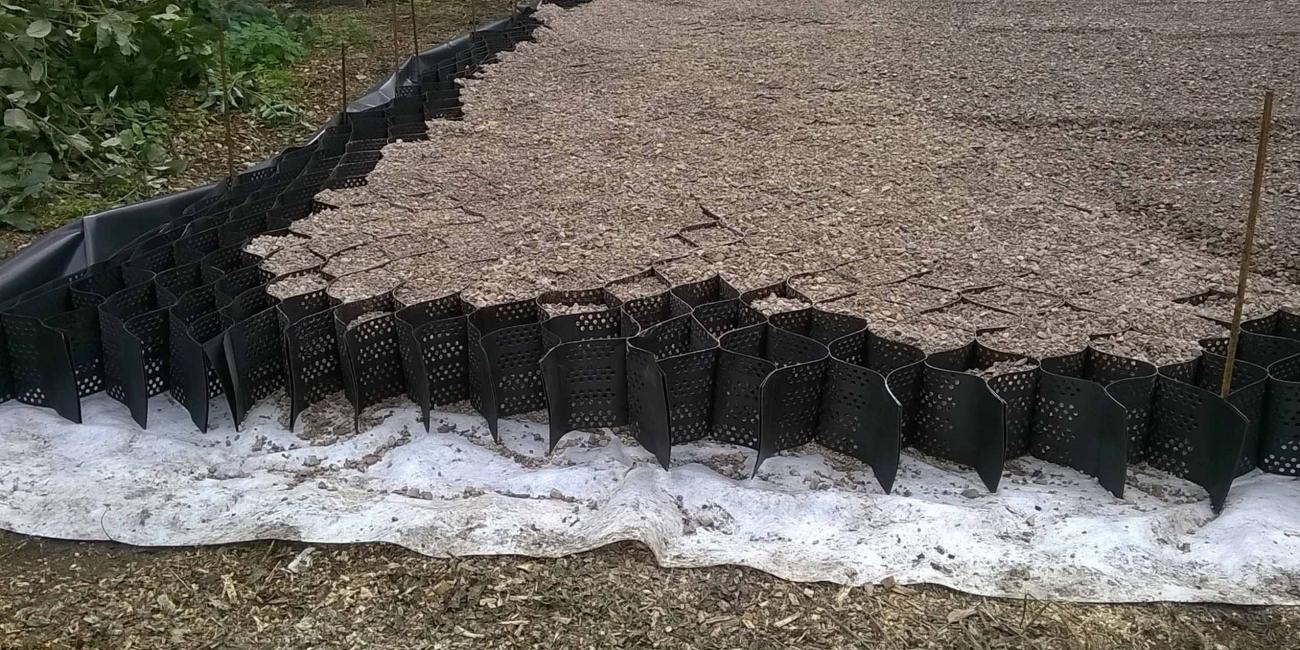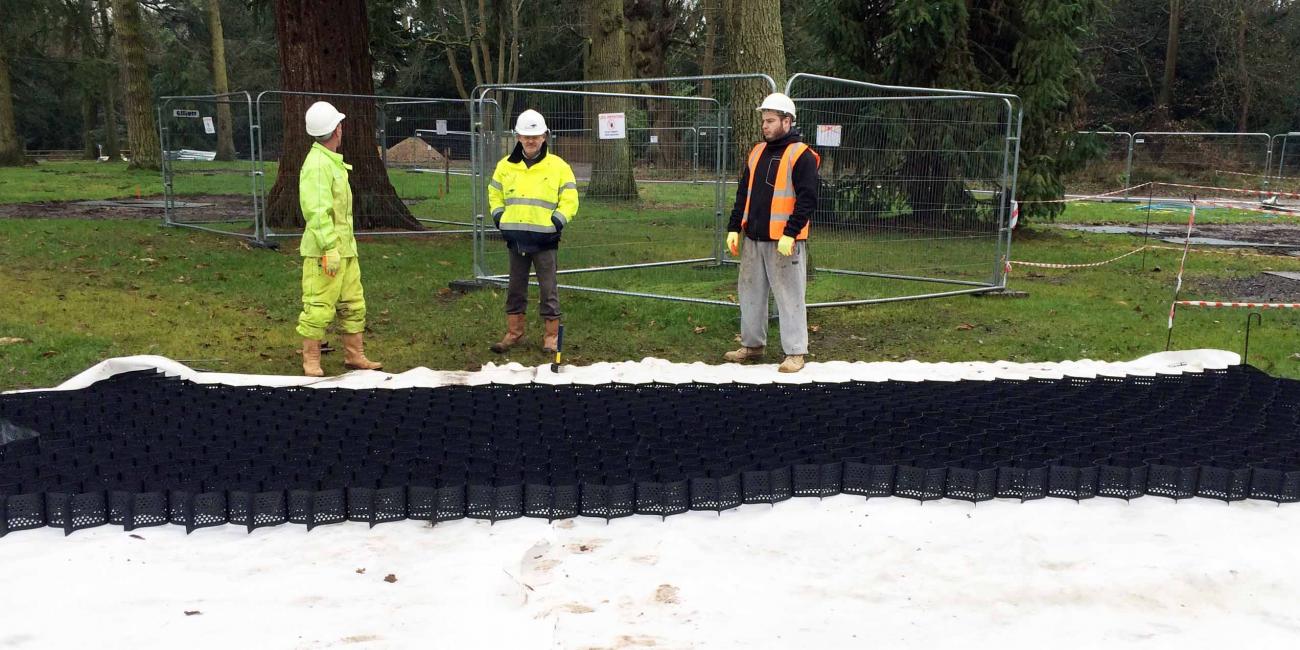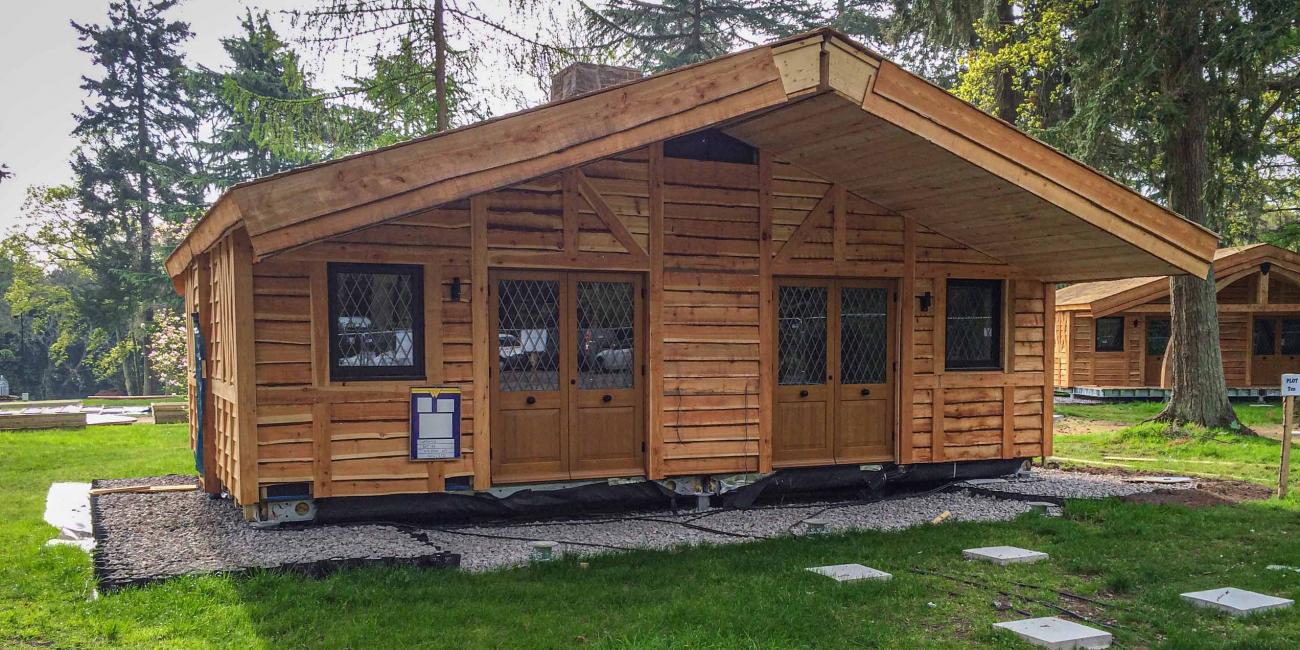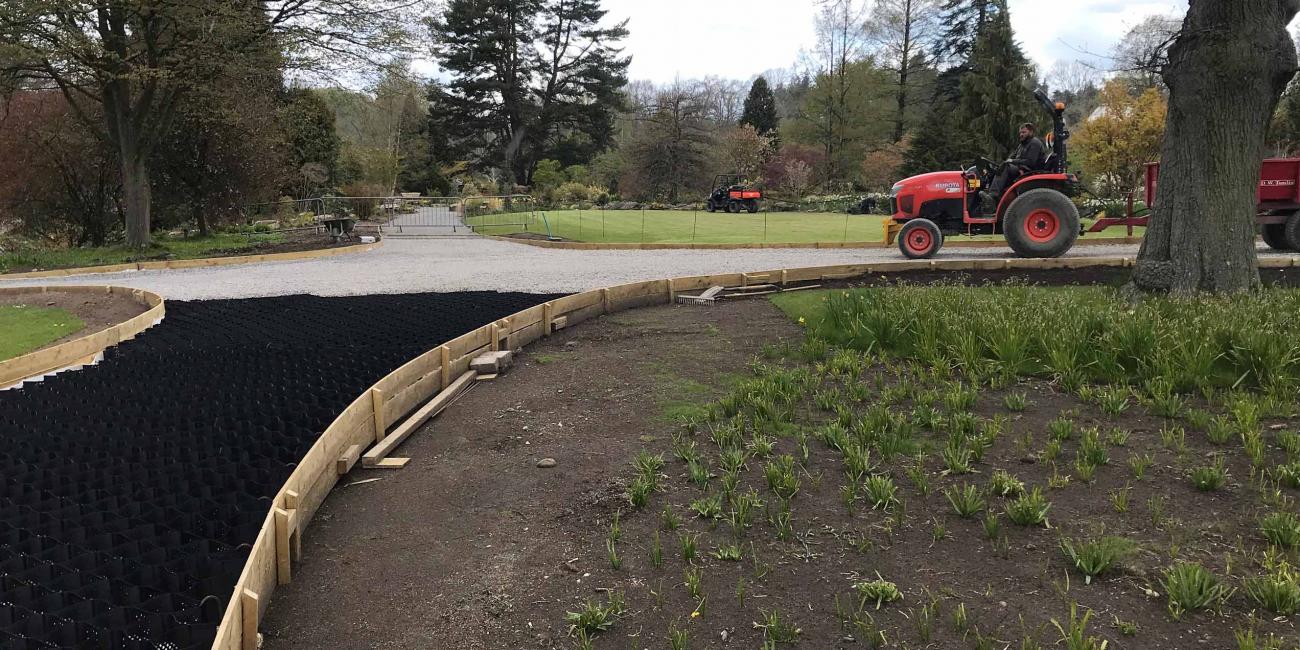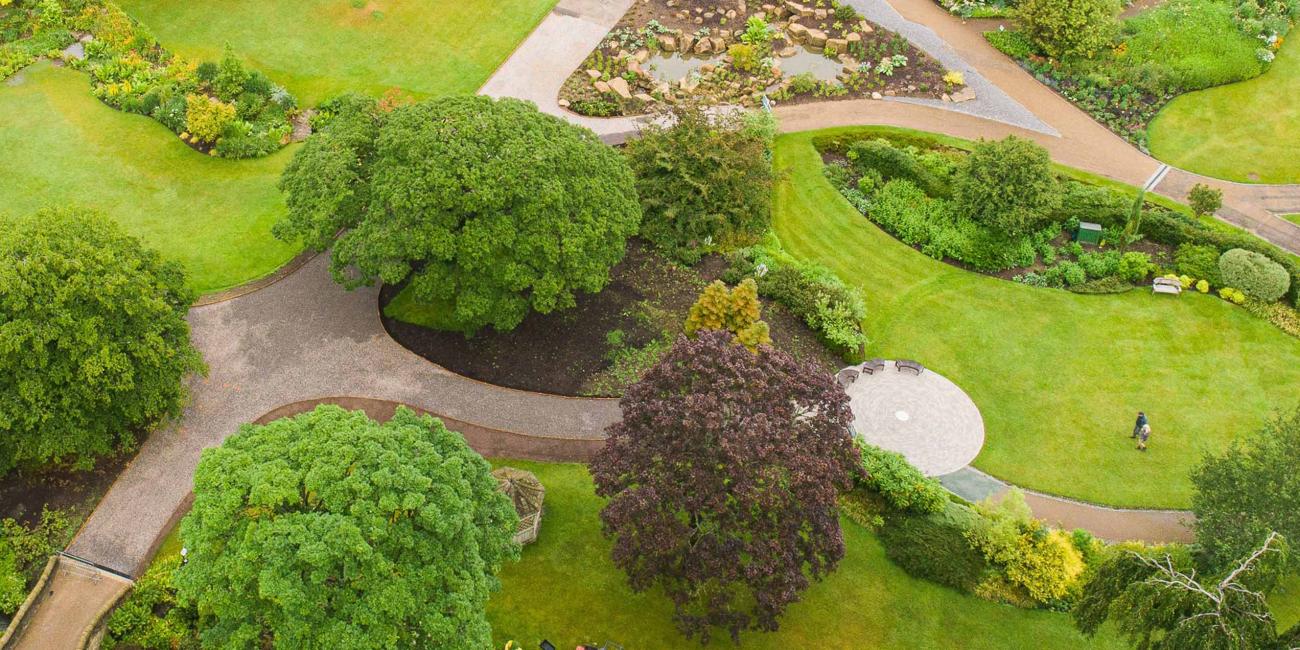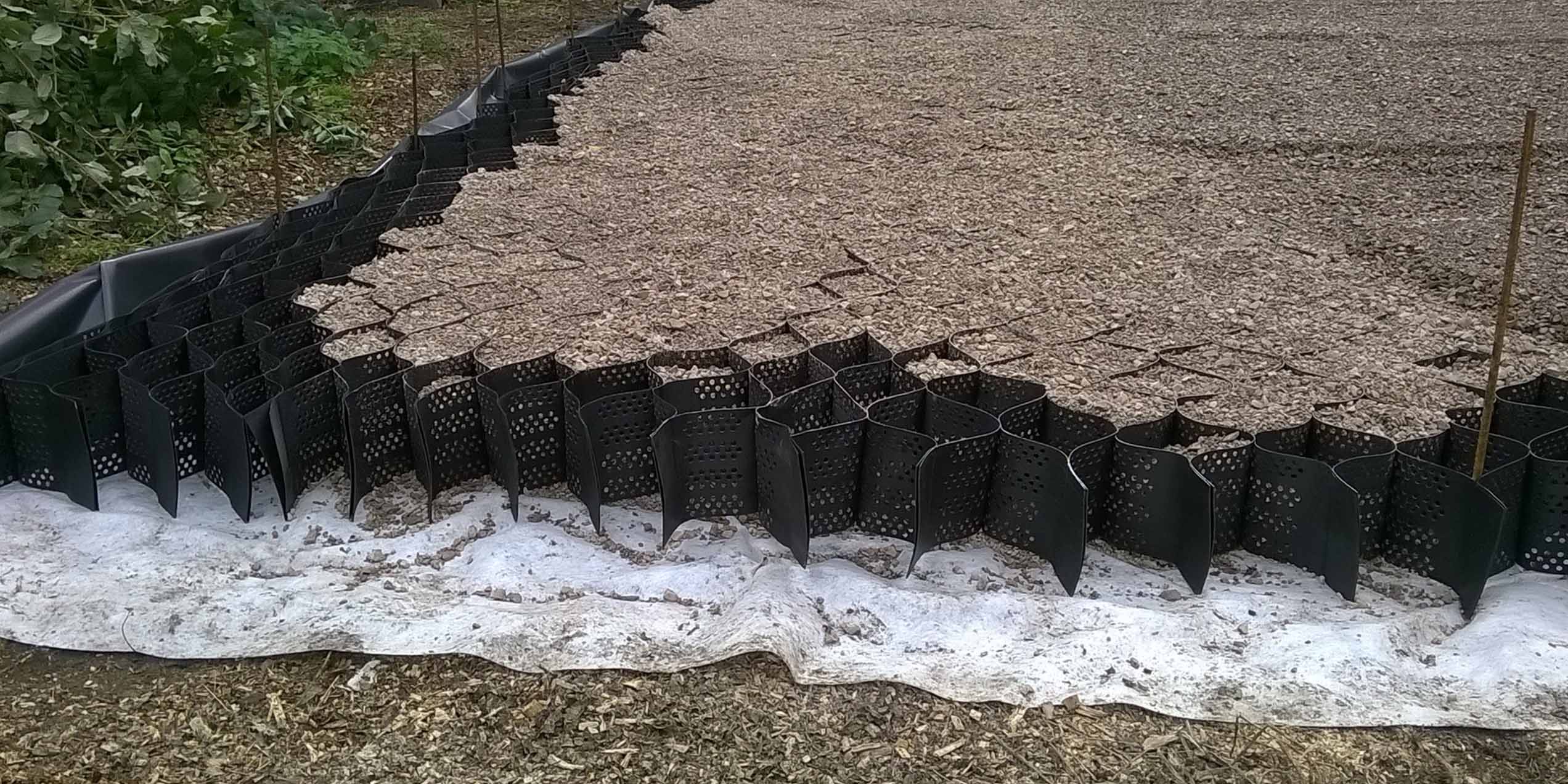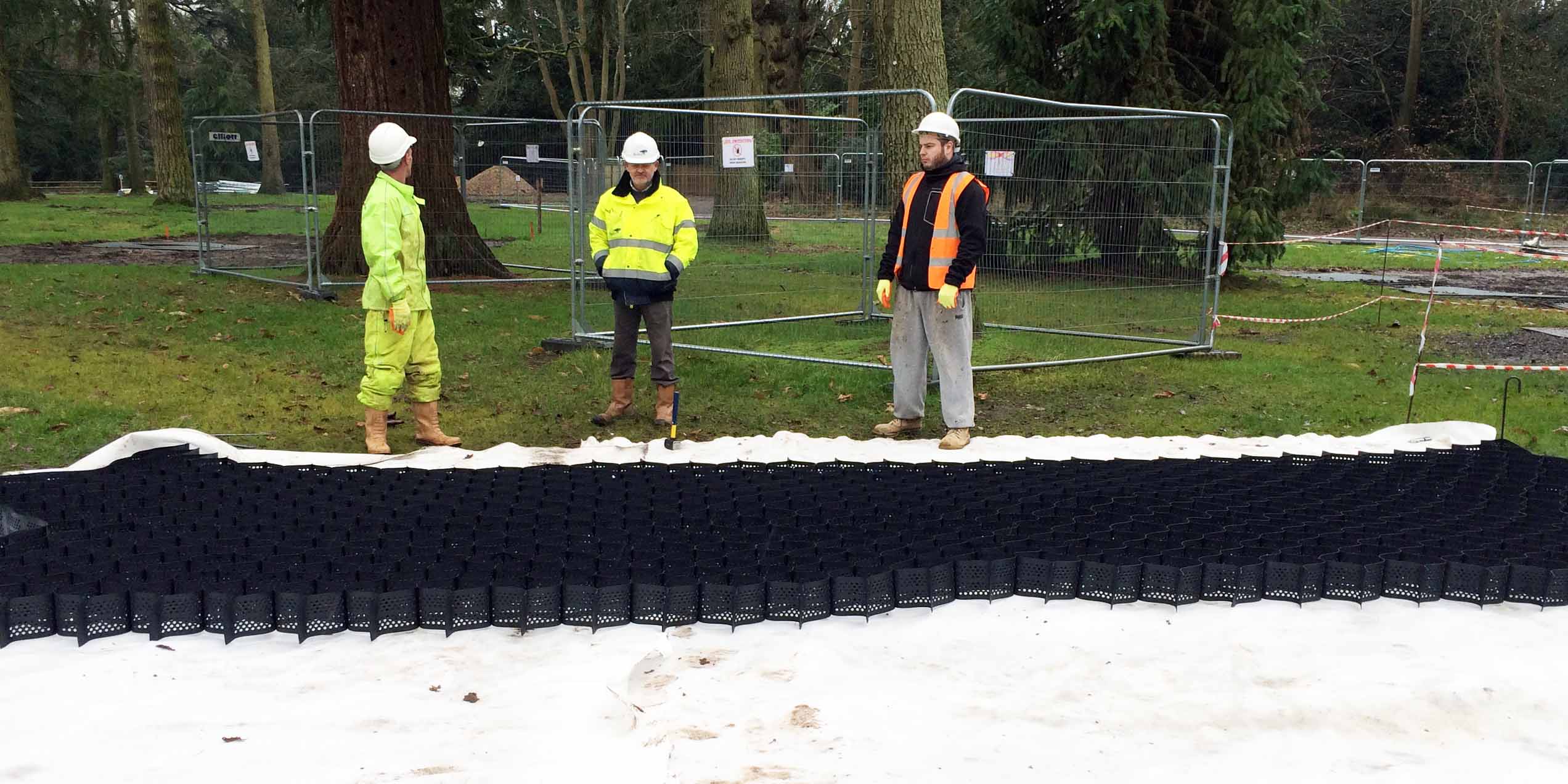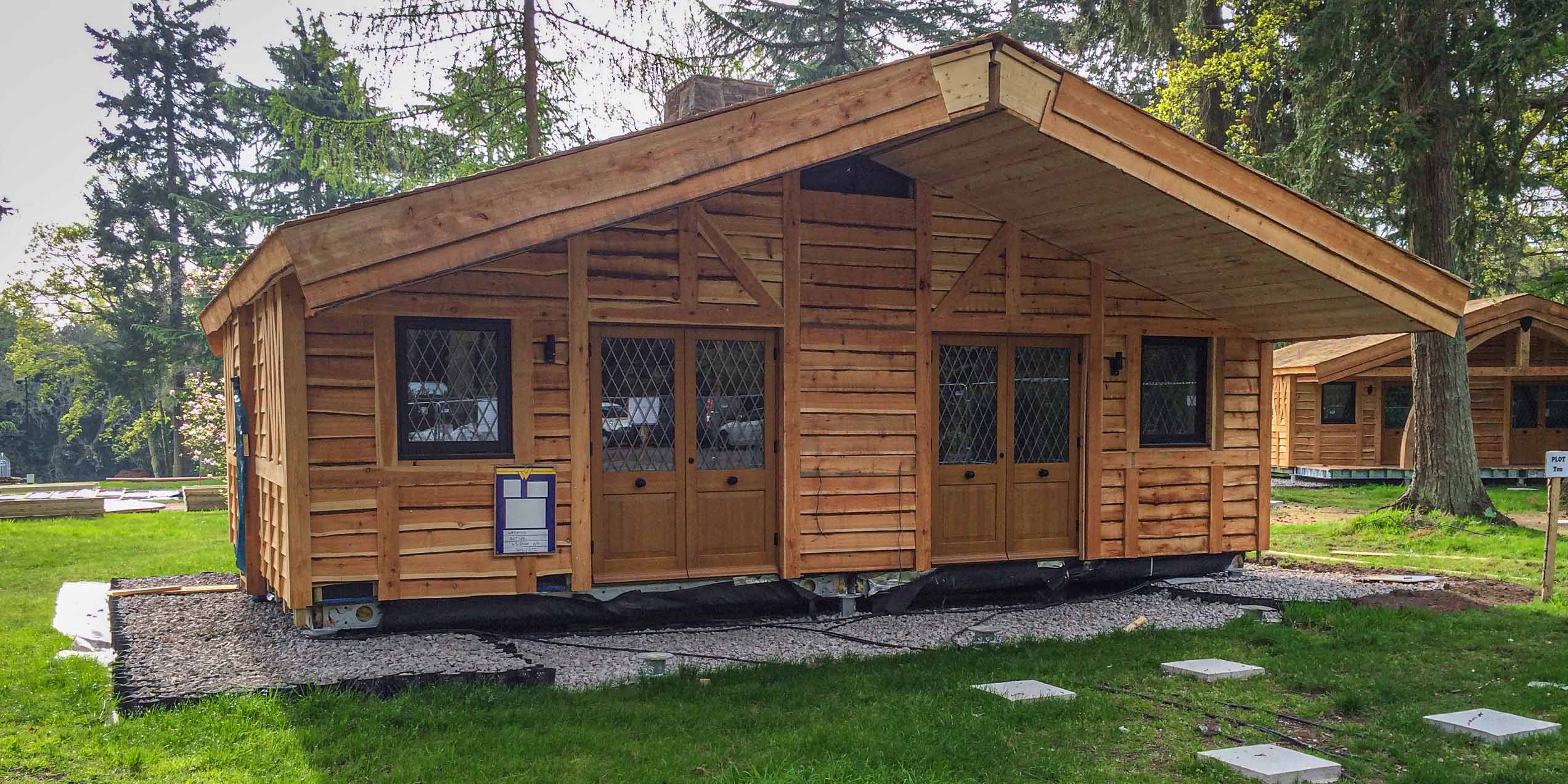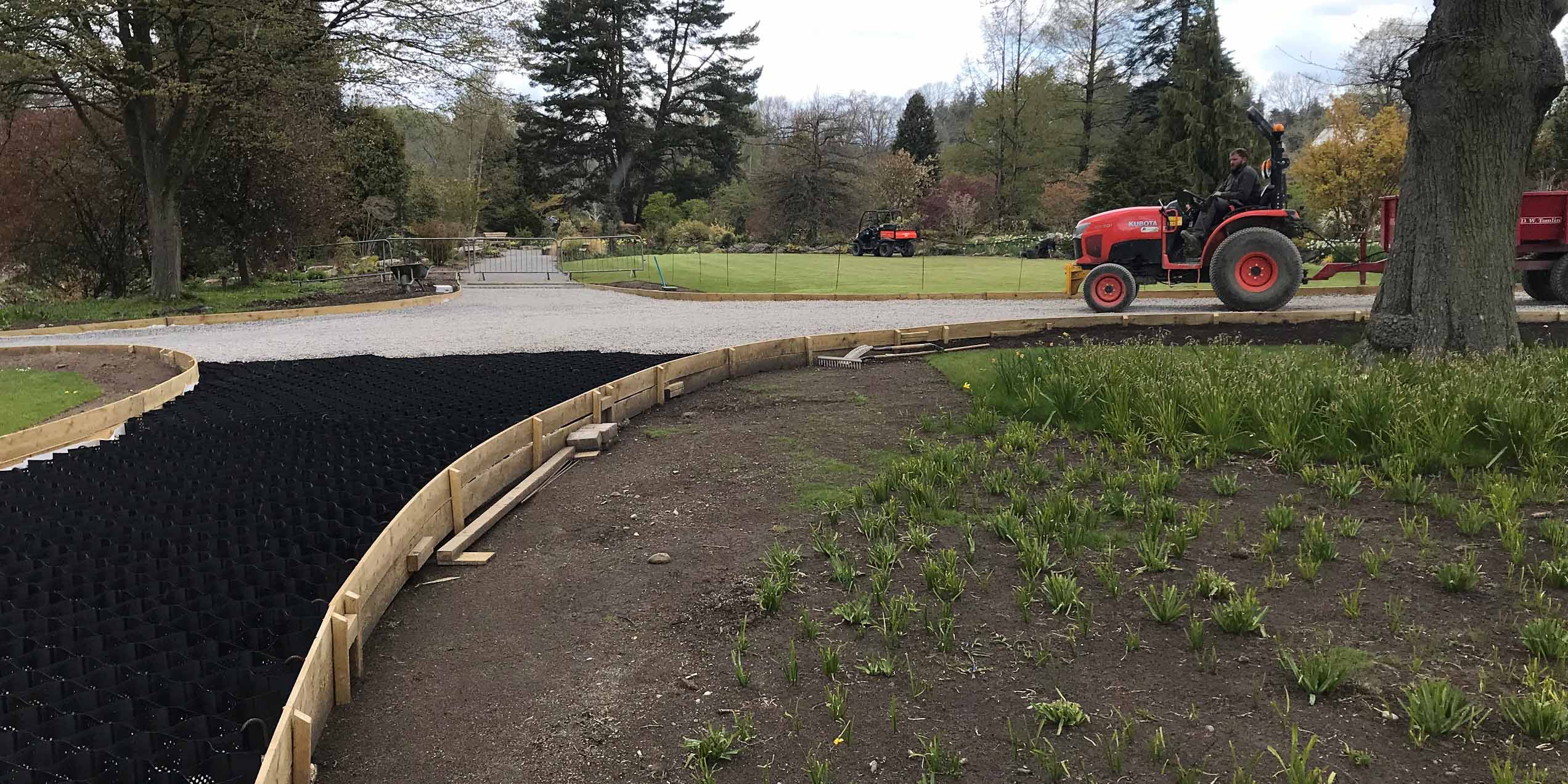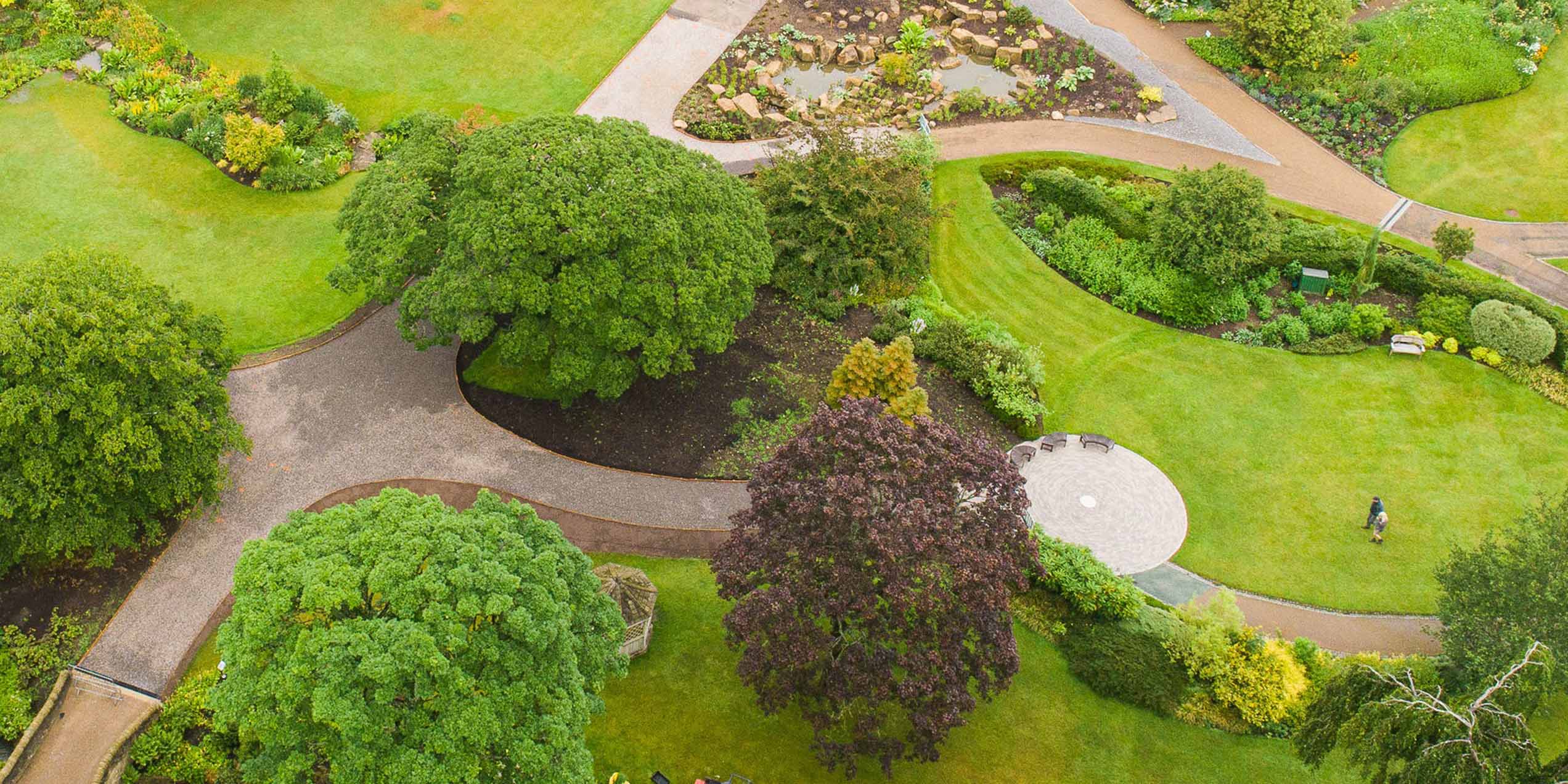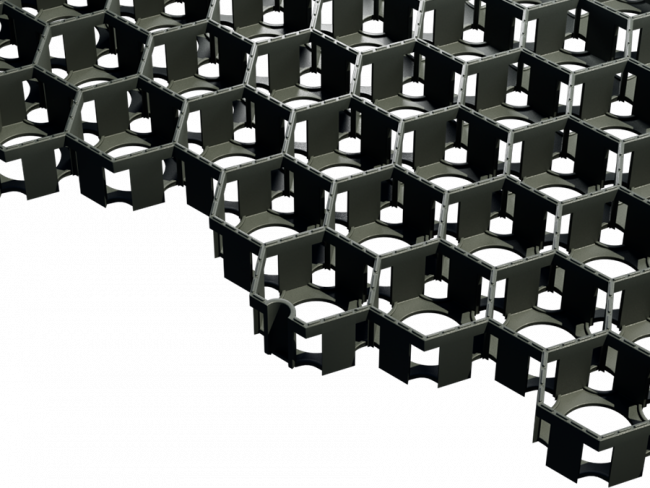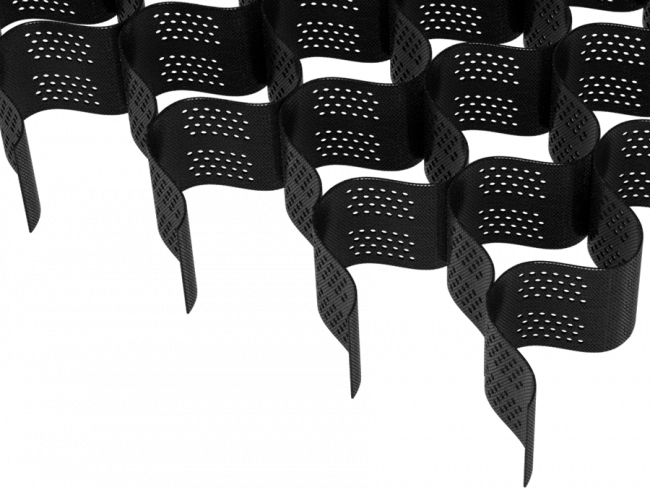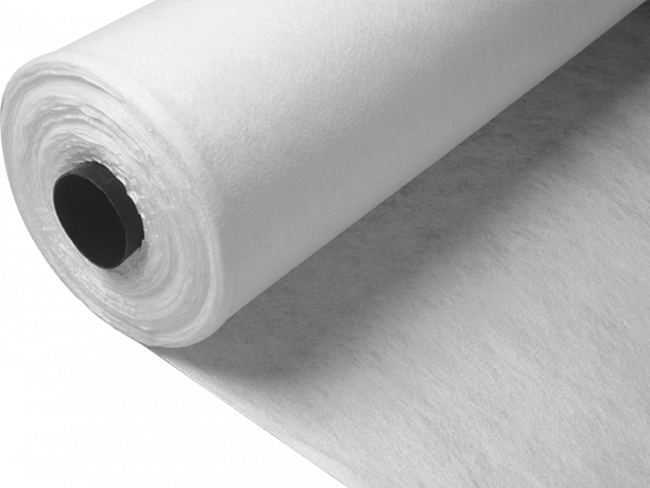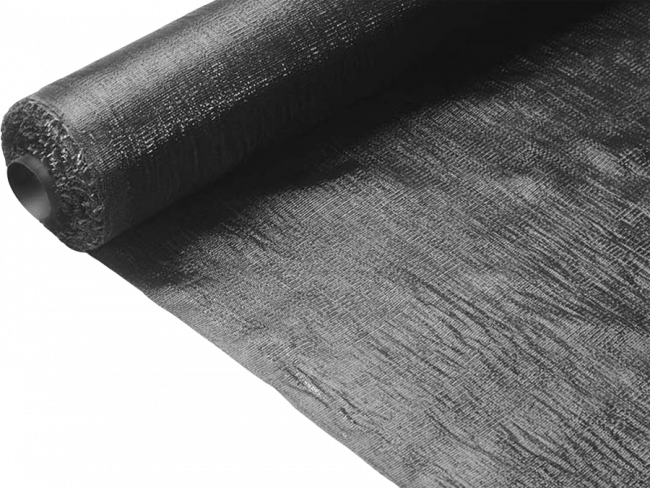|
Trees are a valuable natural resource. They give us clean air, shade, food, raw materials and medicines. They provide natural habitats for insects, birds and animals. Trees are critical in maintaining the ecosystems we all rely on. But they are increasingly under threat from urban development, new construction and expansion of our cities, towns and villages ProtectaWeb, is ideal for building roads, car parks, lorry parks, and pathways over the root protection area of existing tree roots. It can be designed to accommodate all types of vehicle loadings and soils without any digging required. The system is simply placed on the existing ground, filled and finished with a porous surface. The cells are filled with a clean angular stone which allows drainage and aeration through the cells. Two key components of the ProtectaWeb system are the special grading of the stone and the selection of the geotextile separator, placed below the ProtectaWeb. How are trees damaged during construction activities?

Supporting healthy trees on construction sitesWhere tree retention is specified on development sites, the objective is to achieve a successful relationship between the trees and the newly constructed environment. Retained trees can add a certain maturity and quality to freshly developed areas, enhancing the space for years to come. The latest guidance includes good practice which is intended to help the landowner or developer and the local authority achieve this goal. It applies even if planning permission is not required.
As part of the survey and reporting process, carried out by a qualified arboricultural consultant, individual trees or copse of trees may be singled out to be retained. ProtectaWeb can work to support established retained trees or new tree growth. Local Authority adoptionThree-dimensional cellular confinement systems have been used to protect tree roots from soil compaction since the 1990’s and more and more projects are being adopted by local authorities within their highways and pathways 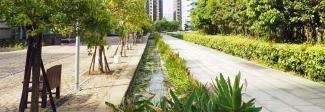
Understanding the standardsBS 5837 - Trees in Relation to Design, Demolition and ConstructionBS 5837 provides strong, explanatory guidance on tree care, carefully outlining best practice for every aspect of the development. Revised in 2012, the latest standard introduced the following changes:
ProtectaWeb tree root protection system is fully compliant with BS 5837:2012 section 7.4.2 Note 1 and accomplishes the following objectives:
Attention If developers or contractors are found to have cut down or damaged trees subject to TPOs they may be prosecuted and fined up to £20,000 per tree. To avoid this, trees subject to TPOs must be managed in accordance with BS 5837:2012 (Trees in relation to construction) and Arboricultural Practice Note 12 (APN 12). How ProTectaWeb protects tree rootsWithout ProtectaWeb tree root protection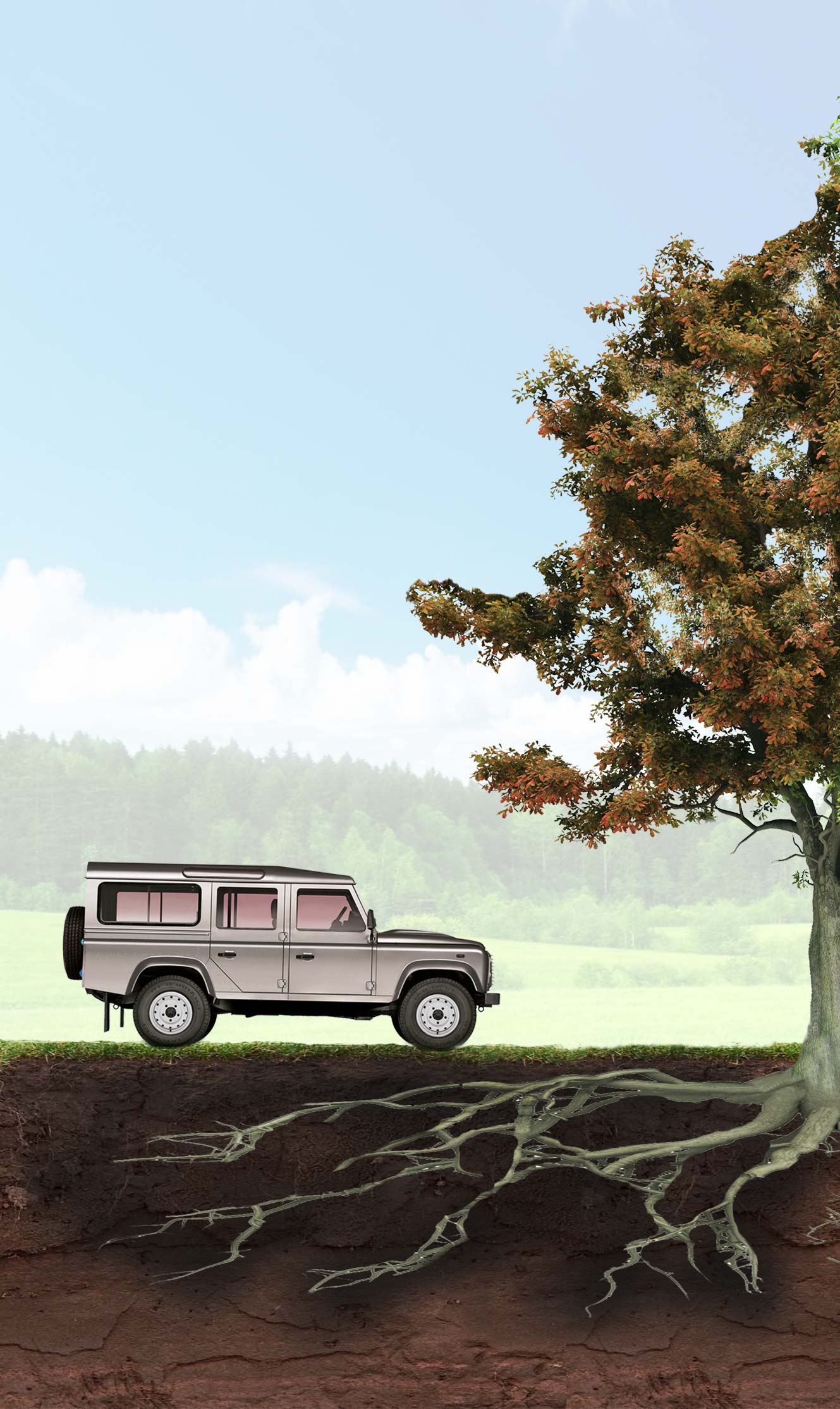
Lack of tree root protection can lead to:
With ProtectaWeb tree root protection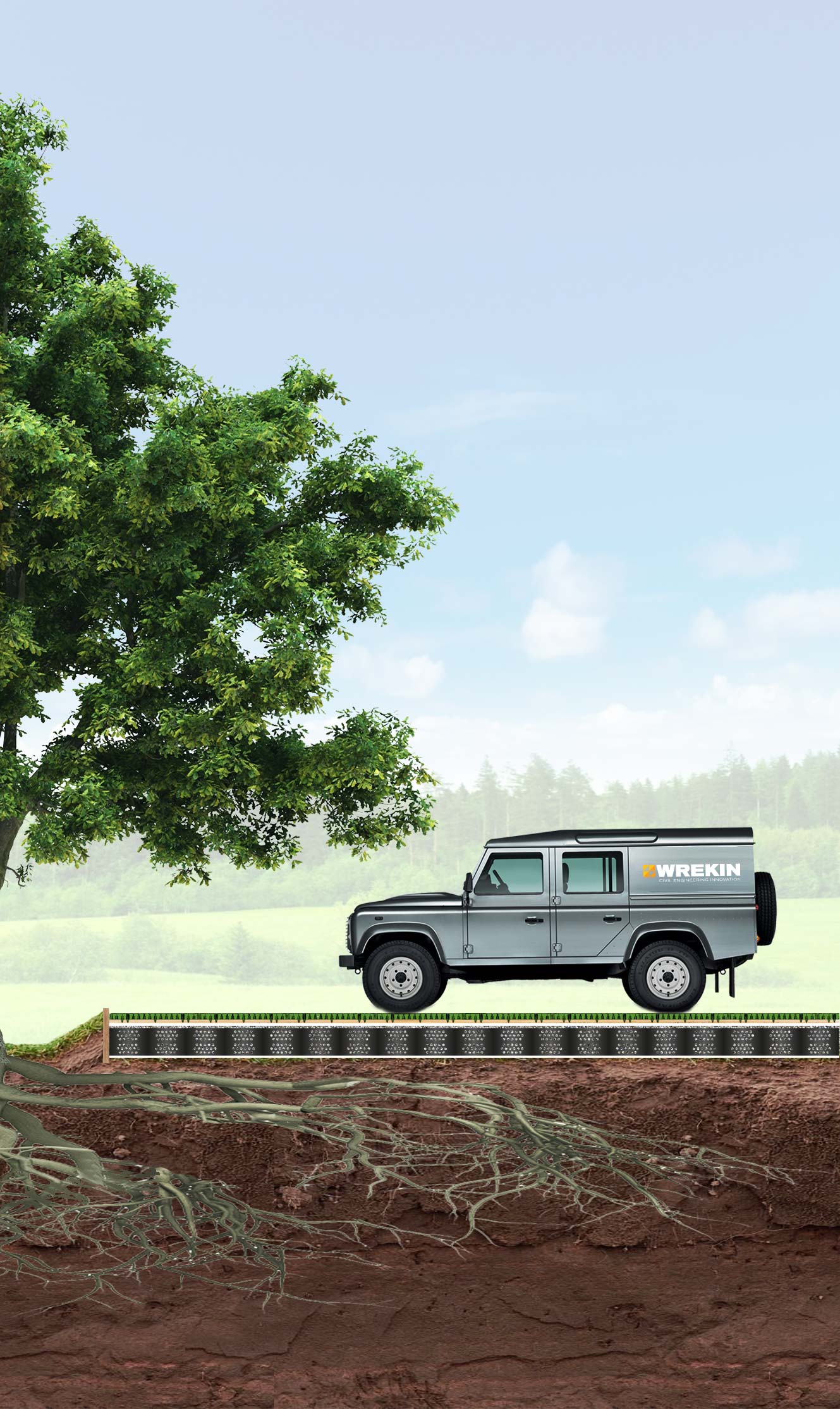
ProtectaWeb tree root protection system provides:
ProtectaWeb tree root protection system specificationProtectaWeb is a three-dimensional cellular confinement system manufactured from strips of HDPE. The strips are ultrasonically welded together to create a flexible, load-bearing, free-draining mattress of interconnecting cells. The structure and properties of the system spread the vertical load over larger footprints, thereby reducing the impact on the sub-soil beneath. Our MultiTrack SNW 40 UV Geotextile is highly puncture resistant and, combined with its high tensile strength, provides resilience and stability to the system. The 300g/m2 MultiTrack Geotextile is proven to filter four times more heavy metals and hydrocarbons than standard geotextiles as water moves through the system. BS 5837:2012 and APN 12 both recommend the use of 3D cellular confinement systems as part of any sub-base for building vehicular access paths above the root protection area of existing trees which are subject to a Tree Preservation Order. Design flexibilityProtectaWeb panels can be stacked to meet each site’s individual requirements for ground level. Similarly, if finished ground levels need to be kept to a minimum but initial construction loadings call for a higher level, ProtectaWeb can be placed in layers then removed to leave a single piece for final surfacing. If more substantial kerbs are to be used instead of conventional timber edging boards, concrete haunching can be applied to the perimeter of ProtectaWeb. We offer free site consultation, standard and site-specific CAD drawings and exceptional customer service at every stage. 
Contact usWhether you are looking for live project support, or are in the initial stages of specification, we are always on hand and happy to help. Related products
|


